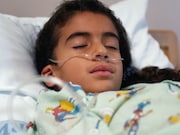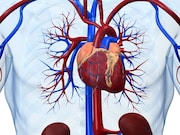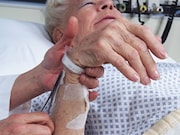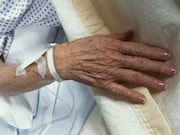Critical Care
Home Critical Care
Updated Recommendations, Levels of Care Categorized for Pediatric ICUs
Three levels of care include community-based, tertiary, and quaternary or specialized PICUs
Majority of U.S. Doctors Believe ACA Has Improved Access to Care
In 2017 versus 2012, more doctors agreed the ACA would turn U.S. health care in the right direction
Exercise Physiologists Aid Early Mobilization in ICU Patients
Critically ill patients maintain, increase level of activity after early mobilization interventions
Complete Revascularization Best for STEMI With Multivessel CAD
Complete revascularization better than culprit lesion-only percutaneous coronary intervention
Some Hospital-Acquired Pressure Injuries Are Unavoidable
Unavoidable HAPIs less likely with chemical sedation, systolic BP <90 mm Hg, receipt of vasopressor
Evidence Says Antipsychotics Do Not Prevent Delirium in Adults
Evidence also refutes routine use of haloperidol, second-generation antipsychotics for tx of delirium
August 2019 Briefing – Critical Care
Here are what the editors at HealthDay consider to be the most important developments in Critical Care for August 2019. This roundup includes the...
Family Dissatisfaction Greater When Intensive End-of-Life CKD Care Utilized
Receipt of maintenance dialysis and more intensive patterns of end-of-life care linked to lower ratings
Low Nurse and Support Staffing Tied to Higher Inpatient Mortality
Effect on patient mortality risk may be intensified when both RN, nursing support staffing are low
Survival Poor for Elderly Admitted to Long-Term Acute Care Setting
Among older Medicare beneficiaries admitted to LTAC, more than one-third died in an inpatient setting



















